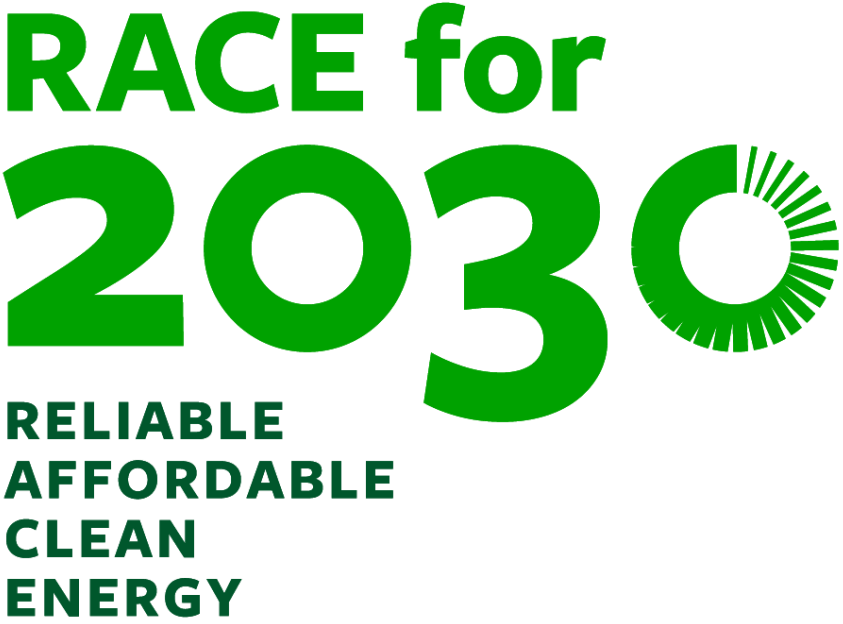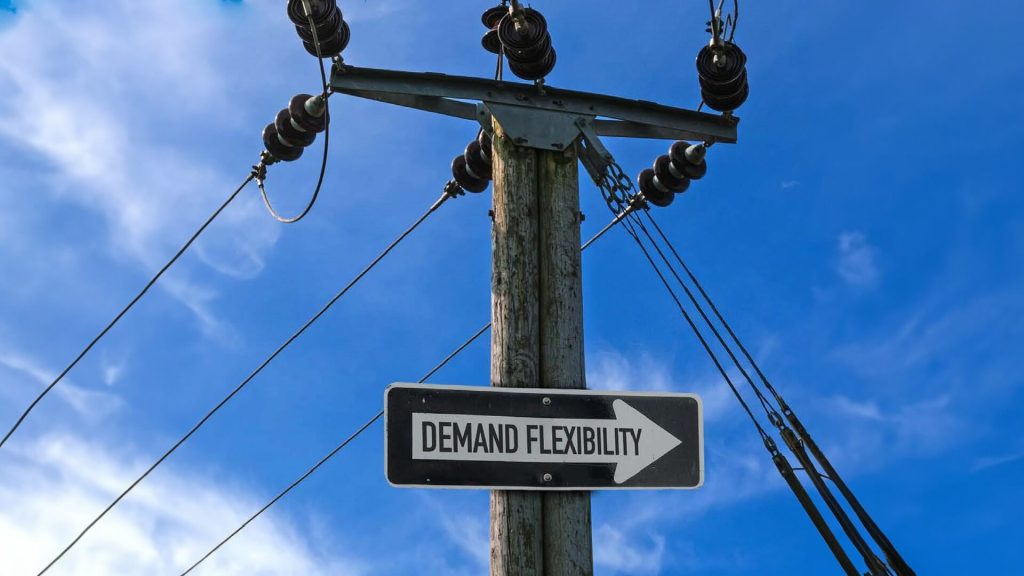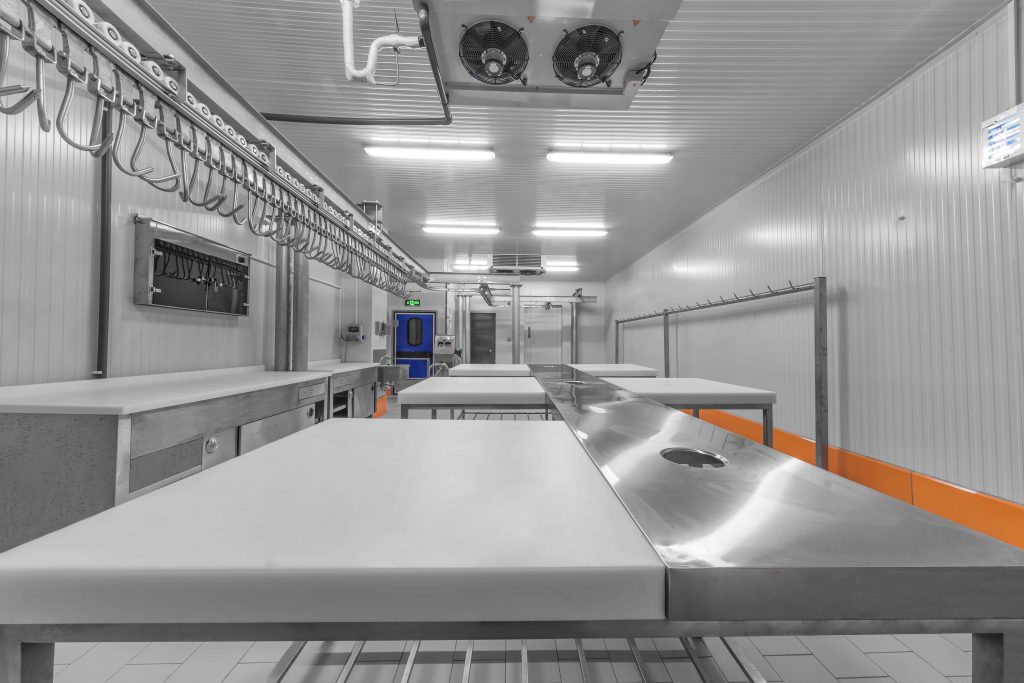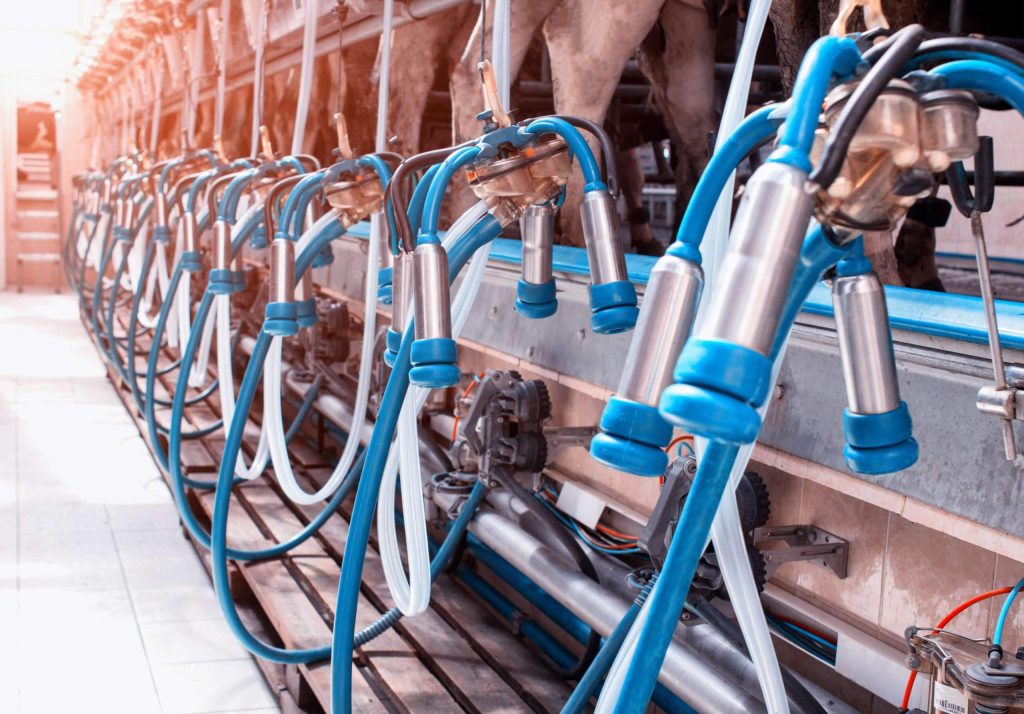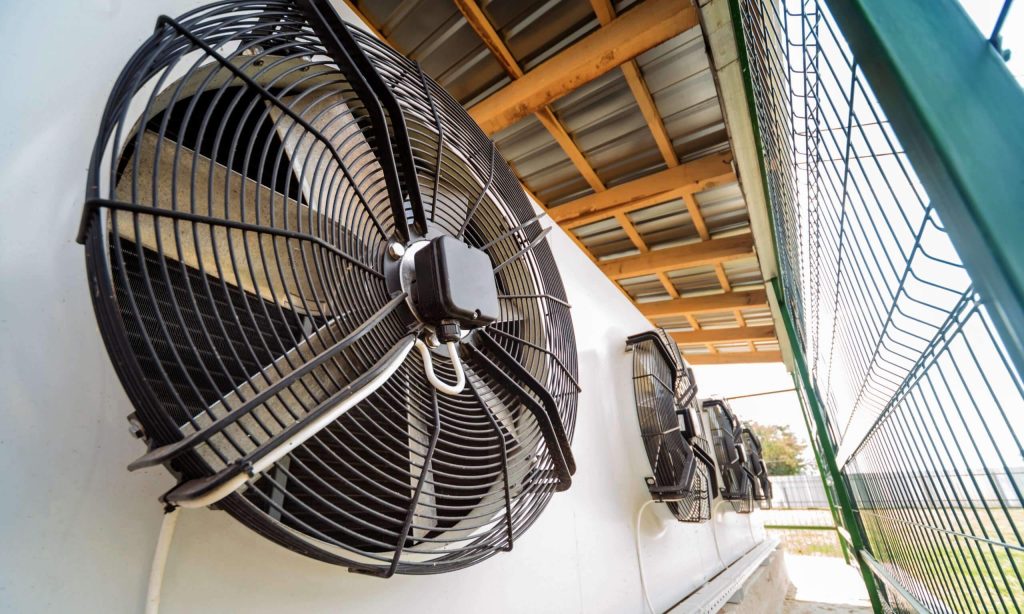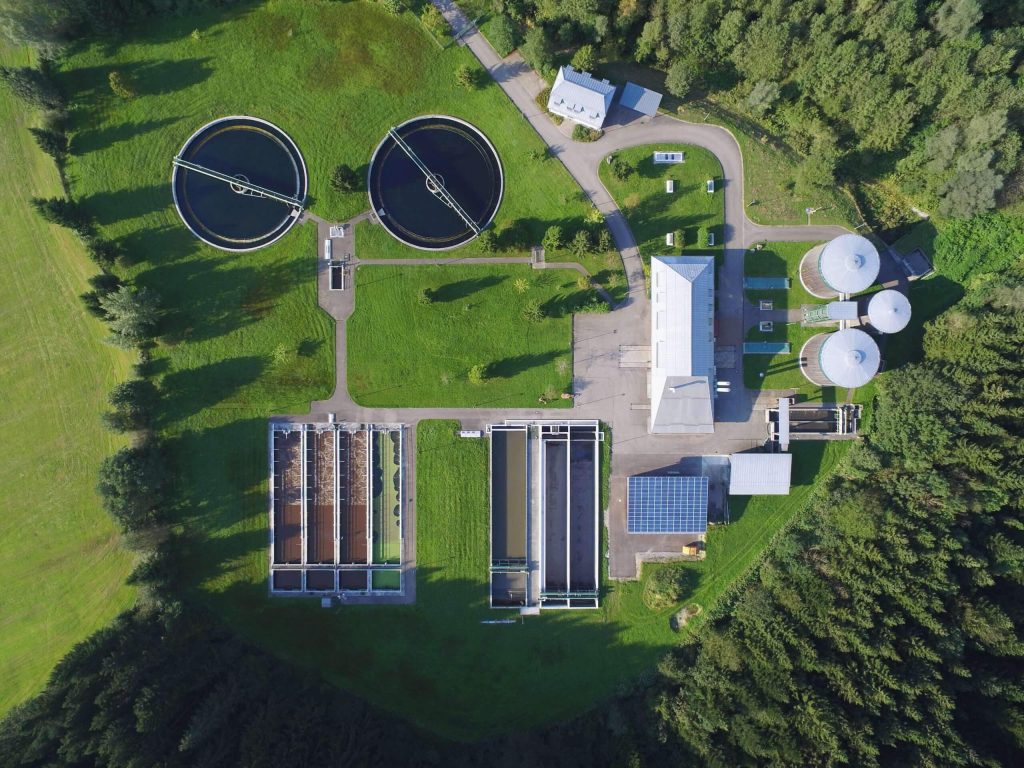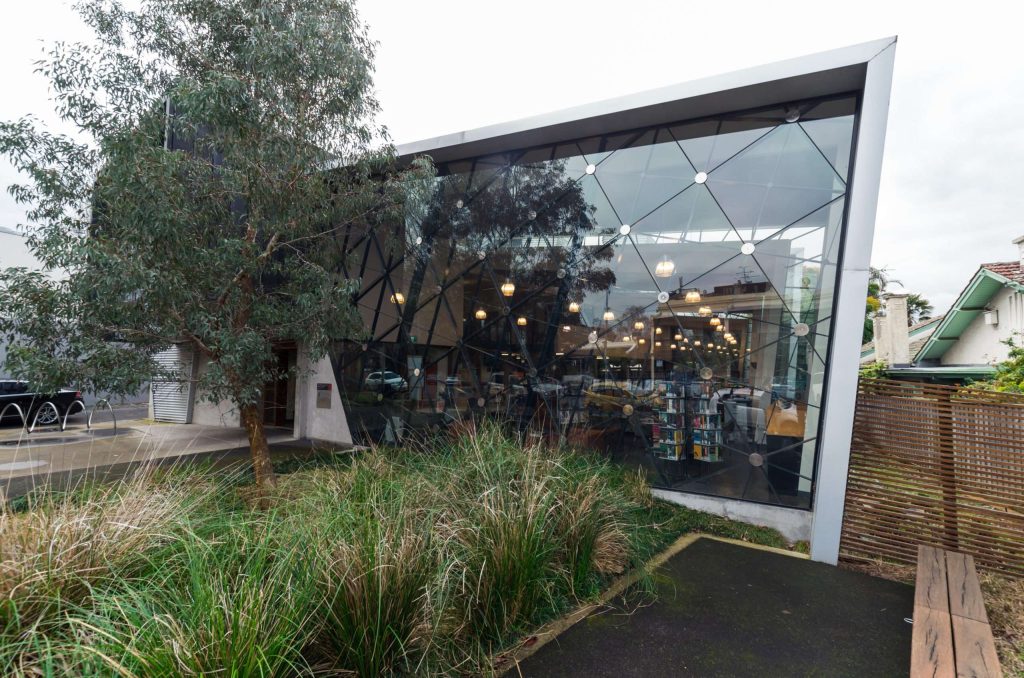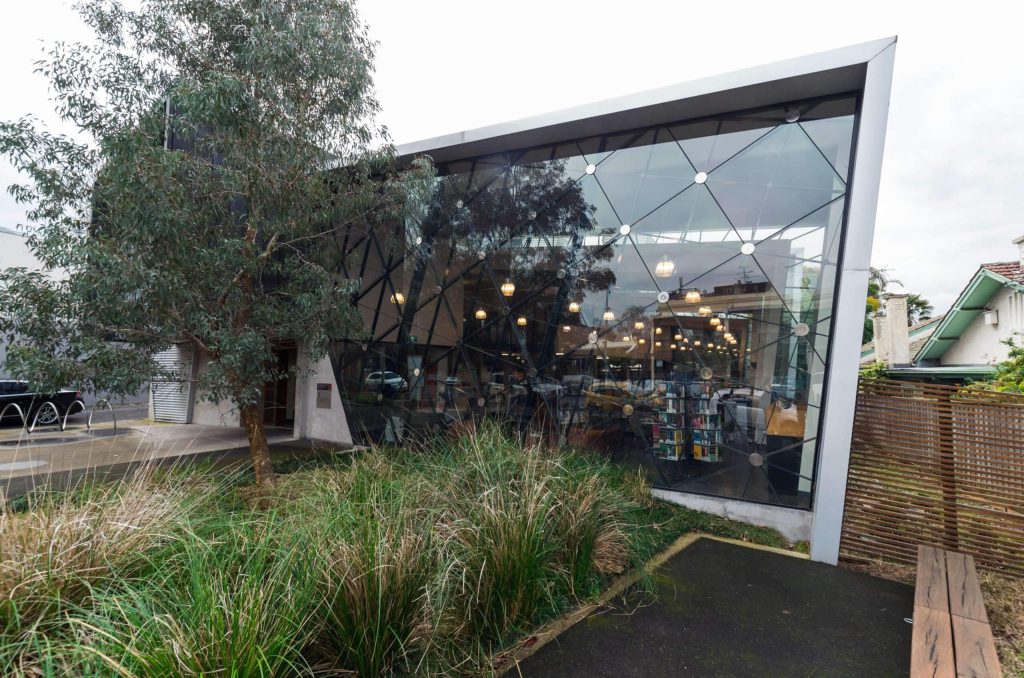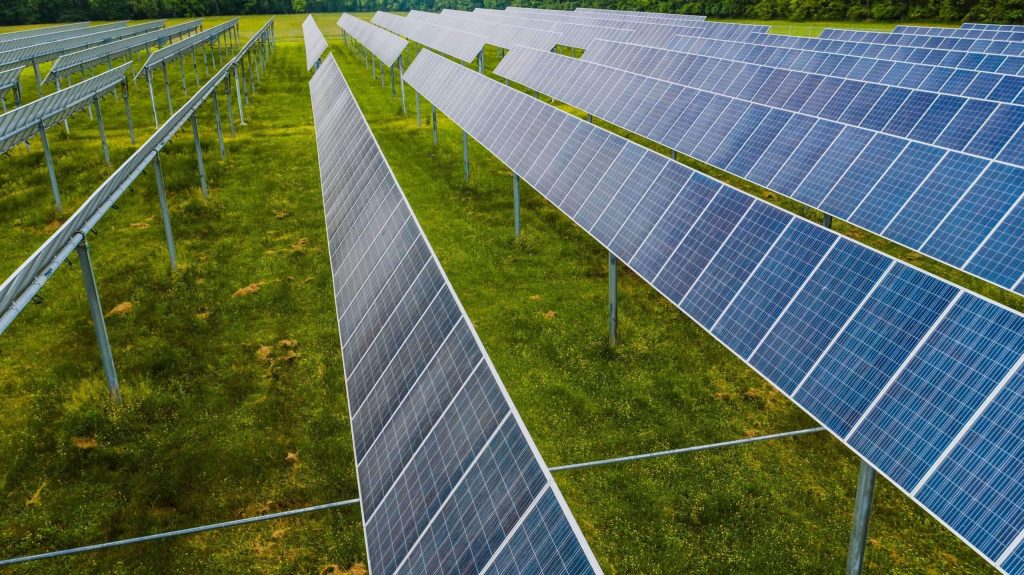Chief Investigators
A/Prof. Anna Bruce (UNSW)
Many businesses are reducing their electricity-related emissions through renewables power purchase agreements (PPAs). However, there is increasing scrutiny on carbon emissions and certification, and some businesses are going beyond net 100% renewable energy to meeting their consumption with renewables time-matched in every hour (24/7 Carbon Free Energy). Advocates argue that this type of contracting can also help solve renewable energy integration challenges by driving investment in clean firming and load flexibility.
Standards are under development globally, and under the Renewable Energy Guarantee of Origin (REGO) framework in Australia, to include granular (usually hourly) timestamping in certification of ‘green’ products and renewable energy. However, as yet, there is no established mechanism to validate renewable generation matched with demand hour by hour, and there is very limited experience of PPA contracts requiring time-matching. In general, businesses currently lack visibility on how their renewable energy purchasing decisions, related firming contracts and onsite energy management, impact their energy costs and risks, and the carbon-intensity of their electricity use.
Purpose of project
This project:
- Demonstrated matching renewable energy to a customer’s demand through a mixed grid using the Powertracer platform from ENOSI
- Developed and analytical tools to quantify the match between renewables generation and commercial and industrial (C&I) load profiles, emissions and energy costs and risk exposure
- Used the tools to model outcomes for 51 different C&I loads under 8 PPA structures
- Assessed the benefits of demand side strategies including battery storage and load shifting
- Undertook stakeholder interviews and analysis of submissions to the Renewable Energy Guarantee of Origin (REGO) policy consultation to better understand the motivations for and dynamics of renewable energy procurement decisions by C&I customers in Australia, and their views on 24/7 procurement and certification
- Built a PyPSA capacity expansion model of the NEM with different levels of uptake of 24/7 CFE procurement by Commercial and Industrial loads
- Used the PyPSA model to analyse the impacts on costs, emissions and generation mix of 24/7 CFE in the future NEM
Outputs and outcomes included
- Temporal matching was implemented in the Powertracer platform and demonstrated through a number of case studies
- Through the trial of the Powertracer platform, participants better understand the technical requirements to authenticate 24/7 matching



- Powertracer is live in market with 3 Australian retailers, as well as Singapore, Italy and the UK
- New 24/7 style contracts are now being facilitated through the Powertracer Platform, with deals recently announced

- Australian case study contributed to the international EnergyTag trial

- Development of an open sourcePPA contract assessment tool to facilitate improved decision-making around increased renewables matching in PPA contracts
- The tool optimises the renewable energy portfolio, quantifies the match between C&I load profile and renewables, likely emissions and energy cost savings, and the costs and risks of different contractual arrangements
- The tool models the impact of demand shifting and storage on PPA outcomes to maximise self consumption of renewable energy
- Analysis of outcomes for 51 different C&I customers under 8 different PPA and risk premium scenarios to increase understanding of the costs and implications of 24/7 CFE strategies and contracts, including demand side strategies
- Published at: CEEM.unsw.edu.au\open-source-tools, the tool and open code are available for use by stakeholders
- Stakeholder engagement on Corporate Renewable Energy Procurement and the Role of Time Matching and Certification, including:
- 22 stakeholder interviews and 3 focus groups with 14 participants, analysis of submissions to two DCCEEW’s consultation on the REGO policy options, and a policy stakeholder workshop on voluntary procurement under the CIS and REGO
- Analysis increased our understanding of the motivations, objectives and requirements of C&I customers in terms of renewable energy purchasing, timestamped renewable energy PPAs and certification, and the opportunities and barriers for 24/7 CFE
- The project team made 3 submissions to REGO consultations
- Modelling of system-level impacts of 24/7 CFE on the Australian NEM
- Built a capacity expansion model based on AEMO ISP scenarios, to analyse the impact of different CFE procurement goals on C&I loads
- Developed a greater understanding of the potential impact of time-matched power purchase agreements (PPAs) on investment in the Australian National Electricity Market
Findings
In terms of understanding corporate renewable energy procurement and the role of time matching and certification, key findings were:
- C&I customer interest in renewable energy contracting was primarily motivated by the confluence of sustainability goals (net zero or 100% renewable targets, ESG goals) in response to evolving stakeholder expectations, and internal imperatives to reduce cost and risk through PPAs
- Key arguments supporting time-matching include
- Time-matched renewable energy procurement would facilitate targeted investment in green firming, storage, and demand management and help drive decarbonisation.
- Certified time matched renewable energy represents a valuable form of differentiation from ubiquitous 100% renewable and net-zero claims (and shield against potential greenwashing claims).
- The emerging market for green hydrogen (locally and internationally), with its strict temporal, spatial and additionality requirements, is expected to support the growth of time matched renewable energy procurement.
- Evidence of load-matching in contracts and a variety of demand management initiatives reflect an appreciation of the temporal and spatial attributes and value of renewable energy
- Key barriers to temporal matching include:
- Limited interest due to existing PPAs up to or beyond 2030.
- Prevailing uncertainty regarding the impact of REGOs on the value of LGCs, and the broader role of corporate renewable energy procurement under the expanded CIS may stymie corporate interest in ambitious procurement initiatives.
- Time-matching may be perceived as a bridge too far in terms of complexity (in contracting and certification) for most companies.
- Senior management (and other stakeholders) may not appreciate the substantive difference between 100% renewable and 24/7 CFE claims, and thus decide against the cost and complexity the latter entails.
- The main barriers to additional renewable energy capacity required for transition are not related to a lack of price signals. Rather, they relate to planning approvals, global supply chains, and transmission infrastructure
In terms of assessing customer outcomes with time-matched renewable PPAs, key finding were:
- Contracting specifically around time-matching (24/7 contracting) improved matching and emissions outcomes.
- Compared to conventional pay-as-produced PPAs, shaped, baseload and particularly 24/7 PPAs likely come with substantial additional costs associated with providing the contract shape, particularly under high risk premium assumptions and 24/7 matching requirements (Figure 1). However, 24/7 contracts provide a more comprehensive hedge for the buyer.

Figure 1: Final costs in $/MWh of each PPA type under different strike price scenarios. Two horizontal grey dotted lines show low and high bounds for contracting the same MWh of energy and LGCs from the wholesale market with no PPA
- Portfolio optimisation alone (creating a hybrid portfolio to maximise the match between load and generation) had a significant positive impact on emissions and matching outcomes (Figure 2).
- The addition of demand management strategies (flexibly shifting load or adding a behind-the-meter battery) improved time-matching and helped reduce emissions further but had little impact on final costs.

Figure 2: Emissions reduction as compared to purchasing all energy from the grid against average hourly match
In terms of the potential impact of time-matched PPA on investment in the Australian National Electricity Market, the key findings were:
- In terms of cost
-
- Achieving 90-95% 24/7 CFE goals incurs a relatively modest cost premium.
- Higher CFE percentages are achievable but come with increasing cost premiums as they approach 100%, as indicated in Figure 3.
- The procurement cost for the rest of the system decreases as the costs for participating consumers rise
-

Figure 3. Procurement costs for C&I customer voluntarily participating in 24/7 CFE, alongside the costs for the rest of the system, relative to the CFE score.
- In terms of greenhouse gas emissions
- Participating consumers significantly reduce their overall carbon emissions, almost eliminating them with CFE procurement strategies, as indicated in Figure 4.
- Voluntary CFE procurement helps decarbonise the entire electricity system, achieving more than without CFE procurement.
- The system-level emissions impact is somewhat limited due to the assumed amount of participating Commercial & Industrial procurement and the grid’s relative emissions intensity in 2030

Figure 4. Overall emissions intensity of energy procured across the C&I procurement portfolio, at different CFE scores.
- In terms of the generation mix
- Increasing the CFE percentage for C&I customers raises the required storage capacity and changes the renewable energy technology mix with in the procurement portfolio, as indicated in Figure 5.
- Batteries are valuable for all matching scenarios, with capacity needs increasing with the CFE percentage.
- As the CFE percentage increases, solar’s relative contribution rises while wind’s contribution decreases.
- C&I procurement of storage results in a commensurate reduction in the need for flexible resources to meet residual load in the rest of the system.

Figure 5: Capacity of different resources within the C&I procurement portfolio, at different CFE scores. The battery capacity required increases inline with the CFE score, and considerably with high fractions.
Conclusions were that:
- There are currently a small number of businesses with an interest in taking leadership in RE procurement via 24/7 contracting, motivated largely by high transparency that can be achieved through via temporal and locational provenance and contribution to grid transition.
- C&I customers and stakeholders in Australia generally have limited understanding or motivation for more complex PPA structures, including 24/7 CFE.
- 24/7 contracting results in better hedging and emissions reductions than other PPA structures, but likely at significant additional cost compared to pay as produced.
- Other PPA types can offer some of the emissions and hedging benefits, but portfolio optimisation is key, regardless of the PPA type.
- Load shifting can improve emissions outcomes.
- Regarding the role of 24/7 contracting for driving energy transition:
- The renewable energy industry holds concerns that the complexity and cost associated with 24/7 might present barriers to transition.
- The role of voluntary procurement is uncertain in the current Australian policy context with significant government procurement through the Capacity Investment Scheme.
- Customers will determine the future of 24/7 contracting:
- There is increasing interest from corporate sustainability perspective.
- Customer PPA requirements are evolving, and future certification requirements may drive demand for time-matching.
- Retailers and developers will need to meet their needs, for example with more tailored portfolios and focus on temporal aspects of emissions.
Future work identified included:
- There is a need for a better understanding of the diversity of C&I customer renewable energy procurement strategies and certification requirements across different specific sectors.
- In particular, the characteristics and value of flexibility in C&I customer demand, how this fits into their procurement and carbon strategies, and associated grid impacts.
- The electrification of new large industrial loads, which may be exposed to temporal certification in international markets, is not well understood.
- The impact of 24/7 on emissions under ‘hydrogen superpower’ and massive datacentre growth scenarios is an important research area, as these potential large load may have significant emissions impact.
- Open source tools developed through this project are available to be used and further developed by industry stakeholders and researchers to explore the impact of time matching in PPAs, and at the system level, and extended to related research areas
Impact of project
Through the project, potential renewables products, accounting and contracting approaches were assessed and new options were developed that can enable business customers to establish a stronger link between their energy purchases and renewable energy generation. Short term, the project team estimates that by effectively shifting 10% of the demand of participating businesses to times of surplus renewable energy, roughly 14,500 MWh carbon-based energy can be offset by renewables per annum. This is equivalent to reducing about 11,000 t CO2-e emissions every year.
Project partners – industry and research
Industry Reference Group members
AGL, Business Renewables Centre Australia (BRC-A), Clean Energy Council (CEC), Coles, Department of Climate Change, Energy, the Environment and Water (DCCEEW), Green Energy Markets, Google, Mirvac Ventures, Renewable Energy Hub, Starling Energy Group/Plico, WA Government Energy Department
Published Report
Status
- Completed
Project Leaders
- Anna Bruce, UNSW
Completion Date
Q3 2024
Project Code
0250
